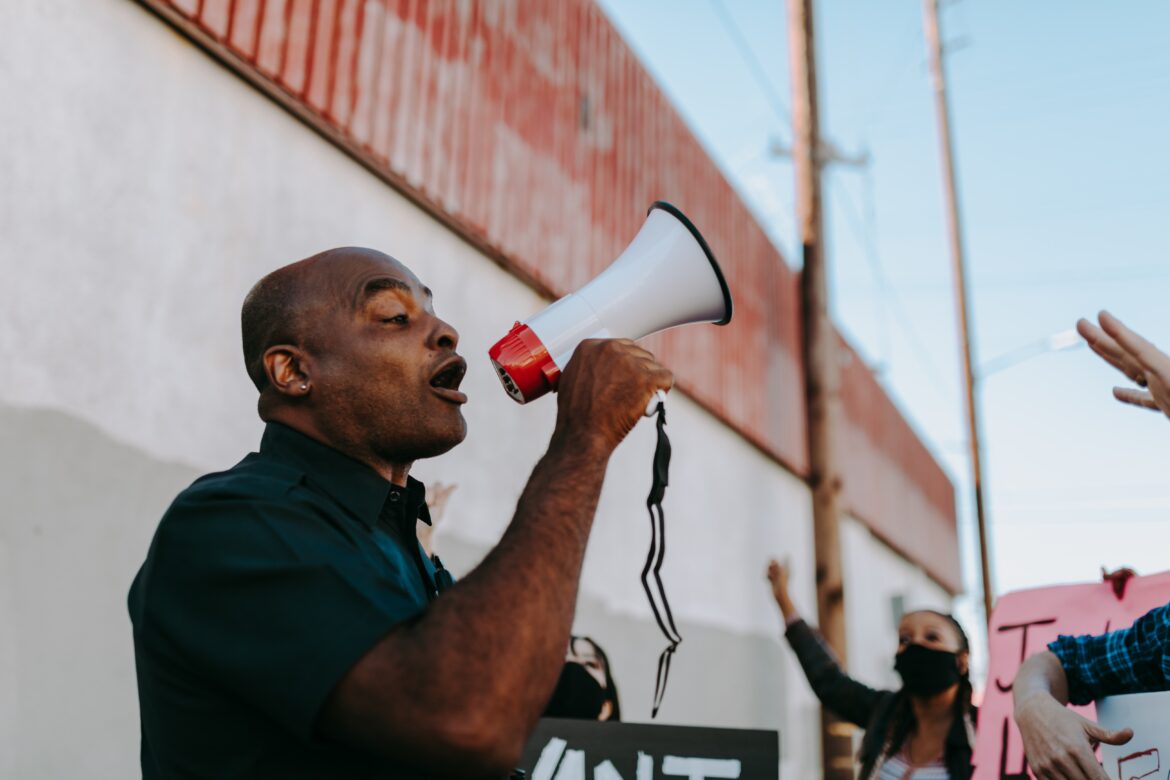I remember distinctly the time that a storyteller came to my middle school when I was in 7th grade. At that point my school experience, like for many others, consisted of being talked to all day by someone at the front of the class while I struggled to pay attention and not fidget.
But this was different. This woman’s story and the way she told it managed to hold an auditorium full of 12 and 13 year olds in silent attention hanging on her every word. I remember how she raised and lowered her voice to build tension. How she would quicken or slow her speech to convey energy and pace, and use emotion to transport us into the viewpoint of the characters and feel what they were feeling. I was truly impressed.
Since then I’ve loved storytelling, especially live stories, and envy those people who’ve mastered their way of speaking to elicit real emotion and connection with an audience or even just in individual conversation. And that’s why, today I’ll be exploring the importance of storytelling in our modern lives with one of my personal favorite authorities on the subject, Shannon Leahy is the cofounder of lighthouse storytelling and works with individuals and organizations to effectively communicate their stories through better writing and speaking. She told me right away just how far back storytelling has played a big part in her life and why it was so important from a young age.
Before we go in deeper about techniques and strategies for better storytelling, lets establish a baseline of where we’re at as a storytelling culture, because digital and social media have changed the ways we tell stories through their various platforms.
Get the resource packet for this episode!
Links:
Want to hear more episodes like this one?

